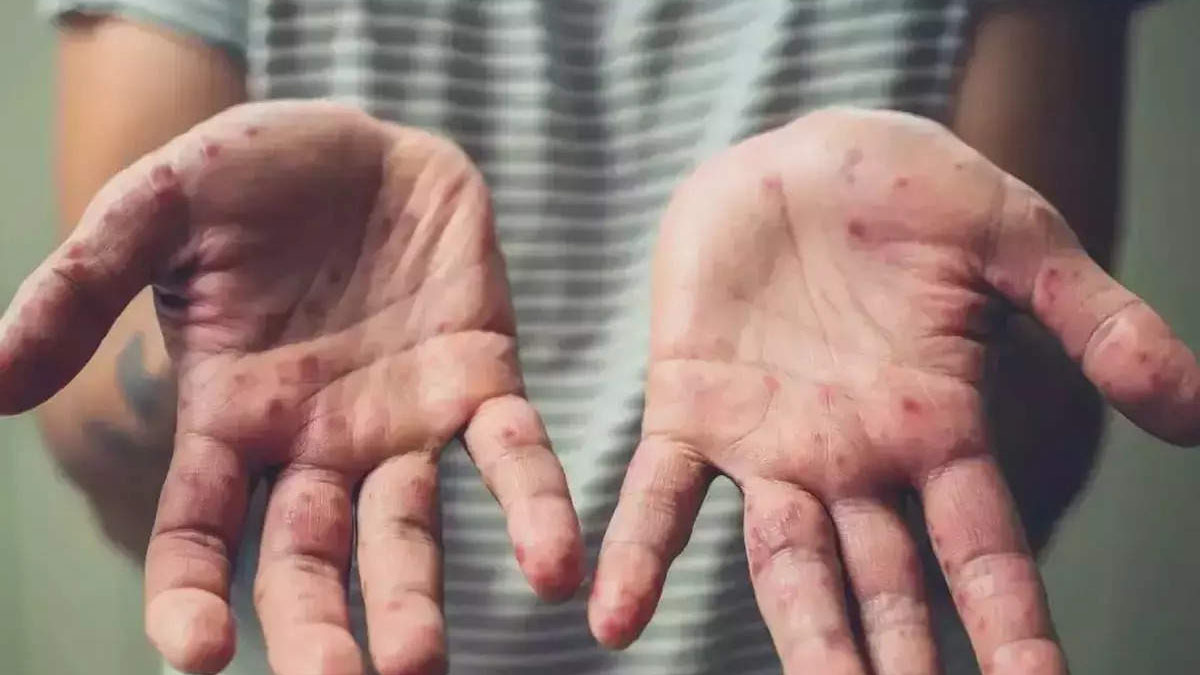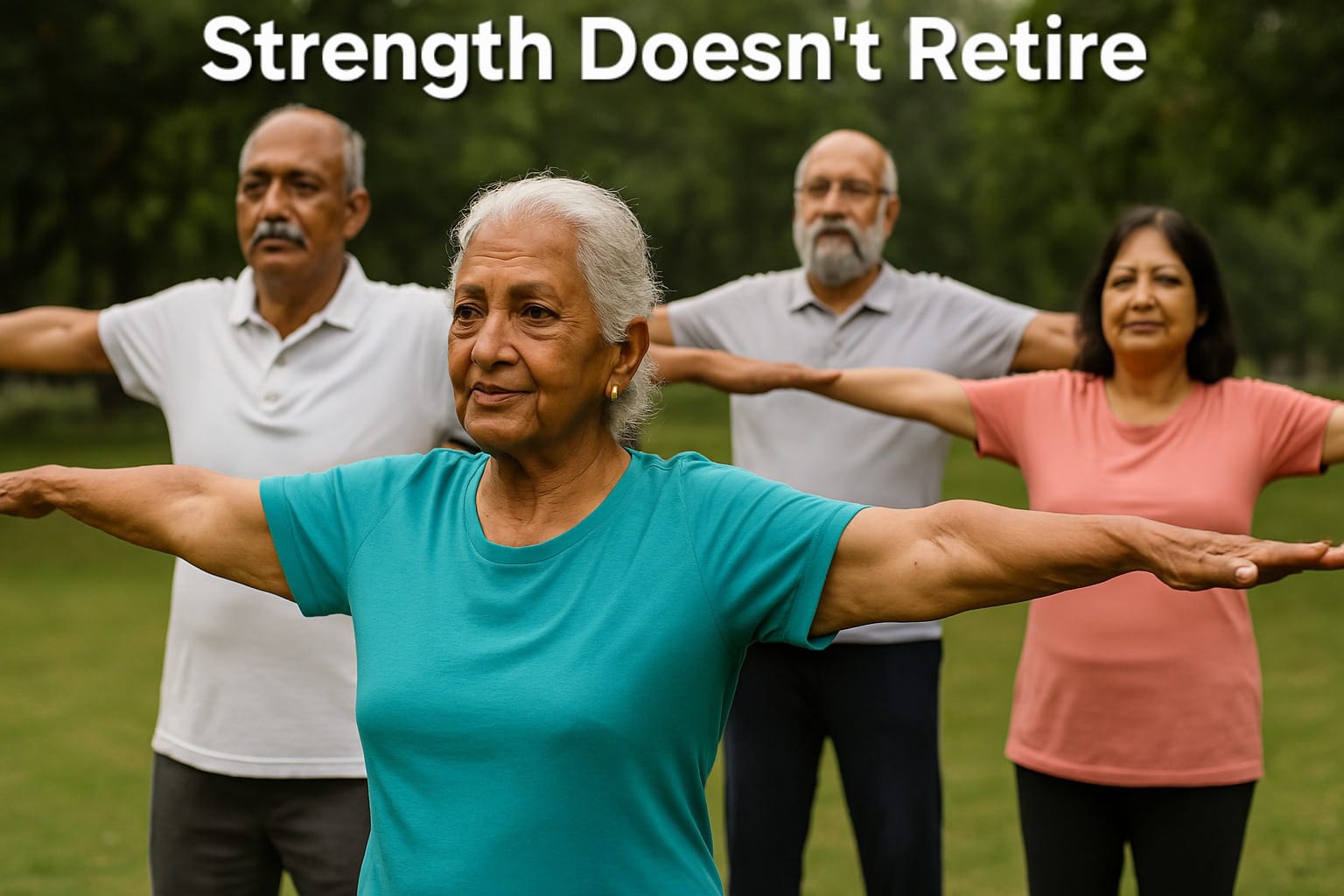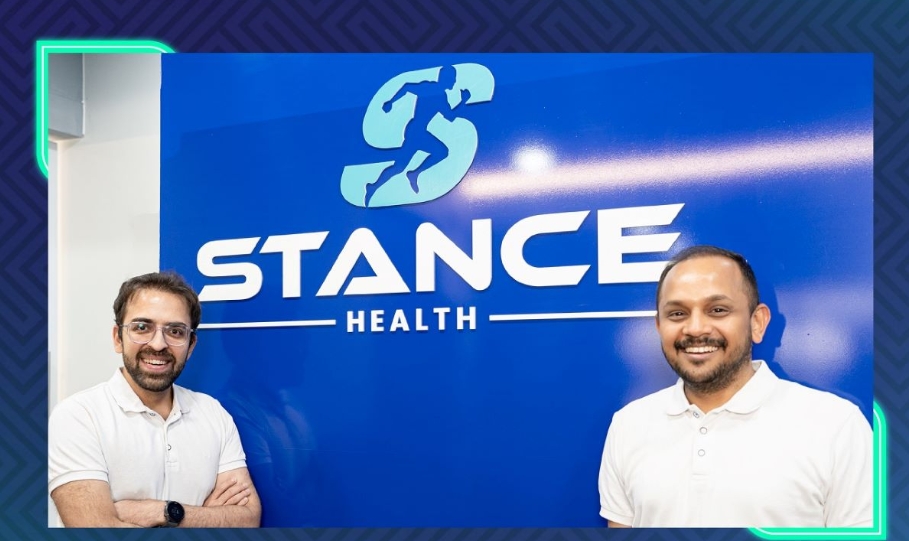A recent directive from the State Department of Medical Education has sparked an important conversation in the healthcare community. Medical professionals, faculty members, and students across 46 health science institutions spanning allopathy, dentistry, Ayurveda, and homeopathy have been instructed to wear their white aprons at all times in classrooms and while attending to patients.
The move comes after authorities noticed widespread non-compliance in wearing this traditional symbol of the medical profession. Signed by Dr. Ajay Chandanwale, Director of Medical Education & Research (DMER), the directive is being viewed as both a return to tradition and a step toward reinforcing discipline in healthcare settings.
But why is this seemingly simple dress code change such a big deal? Let’s explore the significance, challenges, and impact of this mandate.
For decades, the white coat has represented professionalism, trust, and responsibility in the medical field. It distinguishes medical staff from other personnel, making it easier for patients to identify doctors, students, and hospital staff in a crowded healthcare environment.
A senior DMER official explained that the apron is not just a piece of clothing but a mark of credibility. Patients, often in distress, feel reassured when they can instantly recognize a doctor or medical student. It is a symbol of compassion, ethics, and commitment to patient care.
The new guidelines clearly outline how the white apron should be worn:
• Must be clean, neatly pressed, and properly buttoned
• Should not be draped over shoulders or carried in hand
• Failure to comply requires an explanation first verbally, and for repeated violations, a written justification
This means no more casually hanging coats over shoulders a common sight in many hospitals and medical colleges.
The decision to enforce apron usage stems from multiple factors:
1. Restoring Discipline and Professionalism: A hospital is not just a workplace; it is an institution of healing and responsibility. The uniformity of attire reinforces professionalism and discipline, ensuring that every medical professional upholds the highest standards of conduct.
2. Ensuring Patient Confidence and Accessibility: Imagine a patient in distress, unsure whom to approach for help. A clearly identifiable doctor in a white apron eliminates confusion and makes healthcare professionals more approachable and trustworthy.
3. Hygiene and Safety Considerations: A properly worn and clean apron minimizes cross-contamination. The directive emphasizes that aprons must always be buttoned up, preventing them from dragging or coming into contact with contaminated surfaces.
4. Setting an Example for Future Doctors: Medical students are not just learning medicine; they are absorbing the culture of the profession. By reinforcing apron discipline, institutions aim to instill a sense of responsibility in future doctors.
While the rule sounds logical, it has sparked some discontent among students and medical staff. Critics argue:
Uncomfortable in India’s Climate: Many feel that in hot and humid conditions, constantly wearing aprons becomes uncomfortable and impractical.
Unnecessary Policing: Some professionals believe that skill and competence matter more than appearance.
Modernization vs. Tradition: With healthcare evolving, should rigid dress codes be enforced when medicine is moving toward a more flexible and tech-driven approach?
Despite these arguments, authorities remain firm in their decision, emphasizing that rules are meant to uphold professional standards, not inconvenience professionals.
The government has made it clear that this is not optional. If a medical professional, student, or faculty member is found violating the rule:
1. First-time offenders will have to provide a verbal justification
2. Repeated violations will lead to written explanation.
3. Further actions may be taken for continued non-compliance
Institutions are expected to strictly monitor adherence to the rule, ensuring that the white coat remains a compulsory part of medical attire.
India is not alone in enforcing strict medical dress codes. Many countries have firm policies regarding medical uniforms:
United Kingdom: Doctors are encouraged to wear professional attire, but bare below the elbows policies are enforced to reduce infection risks.
United States: White coats are symbolic but optional in many institutions, especially after some studies suggested they may harbor bacteria.
Japan: Strict dress codes exist, with an emphasis on cleanliness and uniformity.
This shows that while rules vary, the idea of professional dress codes in healthcare is a global norm.
The white apron mandate is not just about clothing it’s about identity, responsibility, and discipline. Whether welcomed or criticized, the directive reinforces an age-old principle:
With medical institutions gearing up to strictly enforce the rule, professionals are expected to adapt and embrace this change. After all, if a small piece of fabric can enhance patient confidence, reinforce discipline, and uphold the dignity of the medical profession—why resist it?

 With medical institutions gearing up to strictly enforce the rule, professionals are expected to adapt and embrace this change.
With medical institutions gearing up to strictly enforce the rule, professionals are expected to adapt and embrace this change.







.png)

.png)










.jpeg)


.jpeg)



.jpeg)
.jpeg)






.jpeg)





